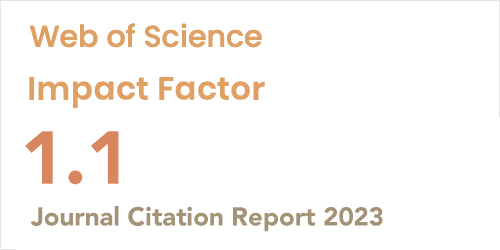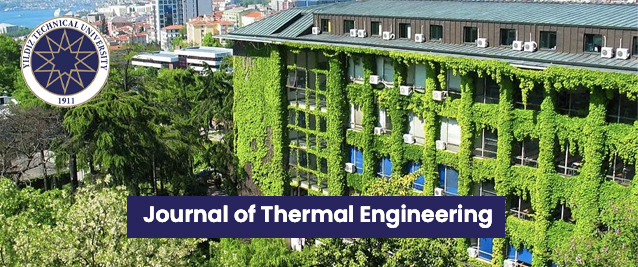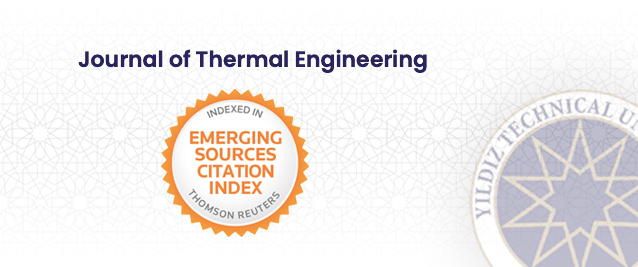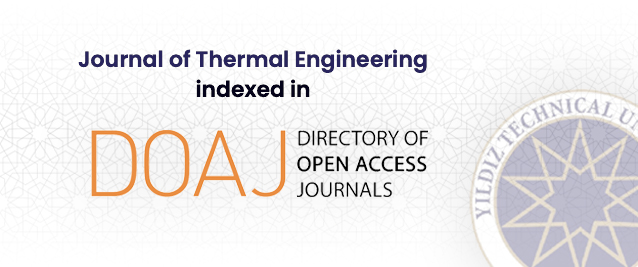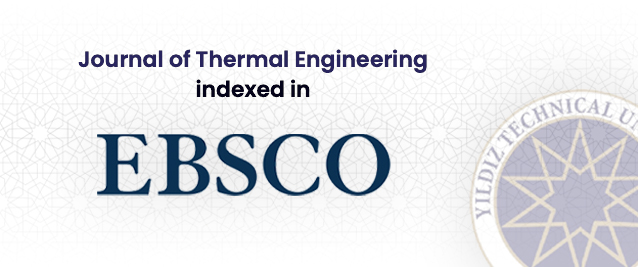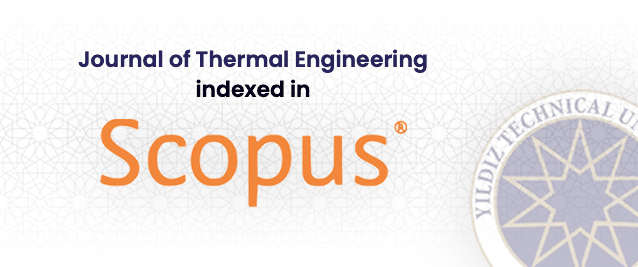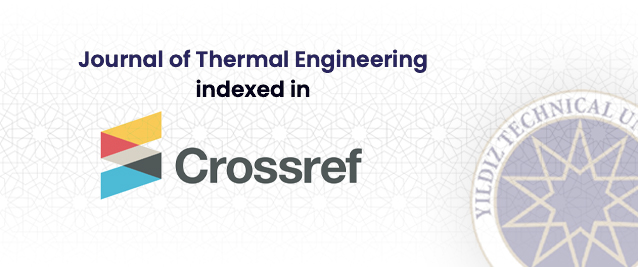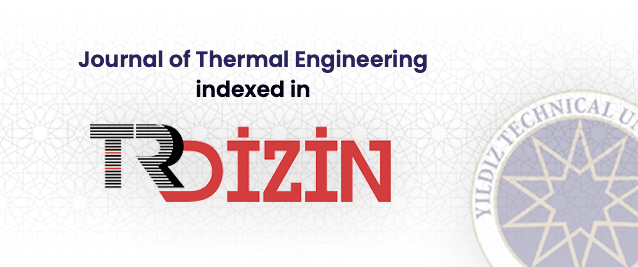Abstract
A vortex tube is very useful in several process industries to solve the spot cooling problem. Owing to its very small size and high pressure of working fluid, experimental analysis and determination of flow parameters of vortex tube becomes very difficult task. The present work attempts to explore and utilise the philosophy of computational fluid dynamics in an effort to overcome the limitations of experimental investigations. Simulation has been performed for turbulent, swirling, compressible flow of air at various inlet pressures using Standard k–ε turbulence model. The results of the computational model are validated against experimental results as well as computational results of previously published works through comparison of temperature separation magnitude on % basis as well as non-dimensional basis. The variation between experimental and computational results is about 8%. Thereafter, grid independence of solution is checked to circumvent the errors pertaining to grid’s coarseness. Previously, many of the research works on exergy analysis of vortex tube have been conducted for con-stant values of cold mass ratio, whilst in the present work, performance has been checked for different cold mass ratios as well as inlet pressure values. The inlet pressure values are selected pertaining to common scenario in process industries. It is inferred from the results that the computational model is able to replicate the exergetic behaviour of vortex tube with good agreement. As hypothesized at the beginning of this research, cold mass ratio is found to be indeed an important parameter from both energy as well as exergy analysis point of view. The amount of inlet total exergy is 559 W at 200 kPa, 966 W at 300 kPa, 1352.71 W at 400 kPa, 1538.86 W at 486 kPa, 1732.29 W at 500 kPa and 2174.54 W at 600 kPa inlet pressure. Maximum cold exergy efficiency of 27.77% and hot exergy efficiency of 39.39% is observed at inlet pressure of 600 kPa. Total exergy efficiency shows minimum value for cold mass ratios in the range of 0.4 to 0.6. Cold-end exergy efficiency is observed to be more affected due to inlet pressure than hot-end exergy efficiency.




